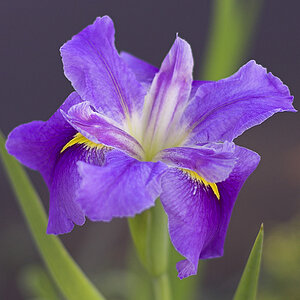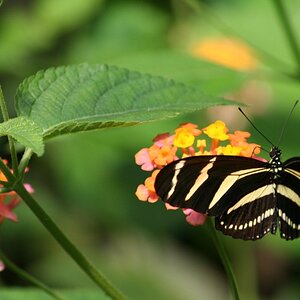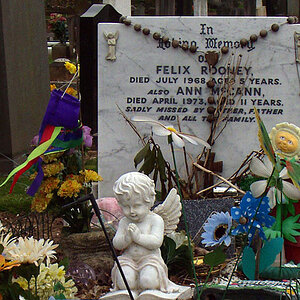A
astrostu
Guest
In the past several months that I've been on these forums, I've heard the recommendation time and again to get a 50 mm f/1.8 or f/1.4 lens for general use (portraits, landscapes, etc.). Since it's about half the price (for the f/1.4) of the super-duper wide zoom that I also want, I was planning on buying one this summer (since I'm also buying a new computer).
However ... I have a cropped (1.6x) sensor, so a 50 mm is effectively an 80 mm lens, which'll give me around a 24°x16° field of view as opposed to 40°x27° of a true 50 mm. It seems like the closest lens would be a 28 f/1.8 (44.8 mm equivalent).
I don't really do any portraits whatsoever, but I do do a lot of landscape. The other intent for the lens was to finally have a very fast lens to be able to shoot constellations (for example, see some of the photos at the bottom of http://burro.astr.cwru.edu/stu/me/photos/stars.html ). The lens I have now for that range is the kit f/3.5, so an f/1.8 would be about 3.78x faster, but an f/1.4 would be about 6.25x faster. So a previous 15-minute exposure could be done in 4 minutes with an f/1.8 or 2.4 minutes with the f/1.4.
But, the problem is that constellations are generally around 30° tall/wide, so I don't think the 50 mm lens would work.
So, although I think I just talked myself into getting the 28 mm f/1.8, I would like to hear what you guys think about this. Am I going to hate myself later for the slower lens? Does the recommendation usually refer to a true 50 mm? Etc.?
Thanks!
Edit: I was slightly mistaken in that at 24 mm, my zoom lens is f/4.0, so it would be a 4.9x improvement with an f/1.8 vs. 8.2x improvement with f/1.4. So a 15-minute exposure could be done in 3 minutes or 1.8 minutes.
However ... I have a cropped (1.6x) sensor, so a 50 mm is effectively an 80 mm lens, which'll give me around a 24°x16° field of view as opposed to 40°x27° of a true 50 mm. It seems like the closest lens would be a 28 f/1.8 (44.8 mm equivalent).
I don't really do any portraits whatsoever, but I do do a lot of landscape. The other intent for the lens was to finally have a very fast lens to be able to shoot constellations (for example, see some of the photos at the bottom of http://burro.astr.cwru.edu/stu/me/photos/stars.html ). The lens I have now for that range is the kit f/3.5, so an f/1.8 would be about 3.78x faster, but an f/1.4 would be about 6.25x faster. So a previous 15-minute exposure could be done in 4 minutes with an f/1.8 or 2.4 minutes with the f/1.4.
But, the problem is that constellations are generally around 30° tall/wide, so I don't think the 50 mm lens would work.
So, although I think I just talked myself into getting the 28 mm f/1.8, I would like to hear what you guys think about this. Am I going to hate myself later for the slower lens? Does the recommendation usually refer to a true 50 mm? Etc.?
Thanks!
Edit: I was slightly mistaken in that at 24 mm, my zoom lens is f/4.0, so it would be a 4.9x improvement with an f/1.8 vs. 8.2x improvement with f/1.4. So a 15-minute exposure could be done in 3 minutes or 1.8 minutes.


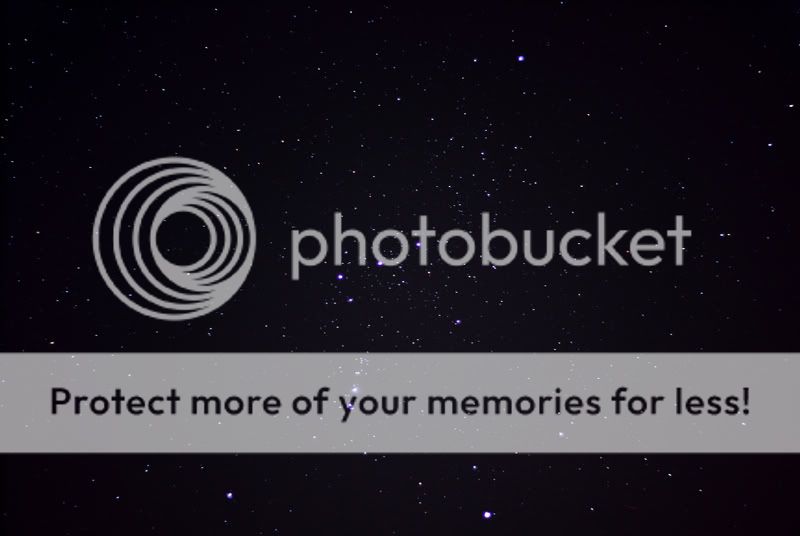
![[No title]](/data/xfmg/thumbnail/41/41781-7dcfd2ee71d4a453b4ad9fb5c7e723f1.jpg?1619739890)
![[No title]](/data/xfmg/thumbnail/35/35666-9f404fab7b896e4ec114160079fa71c6.jpg?1619737090)

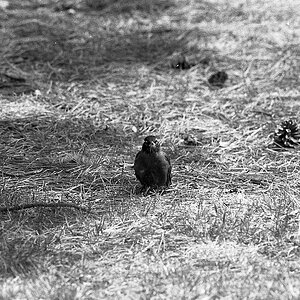
![[No title]](/data/xfmg/thumbnail/30/30885-2764c7a15a288ed06f3903d3a2756832.jpg?1619734497)
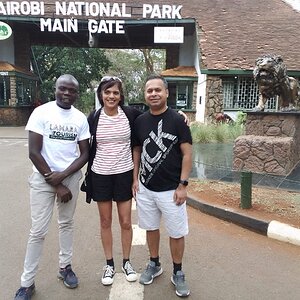

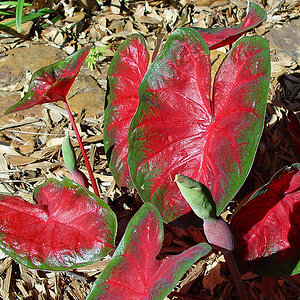
![[No title]](/data/xfmg/thumbnail/30/30884-b92cca2d3ad6f728825cf7e936e8cef6.jpg?1619734496)
